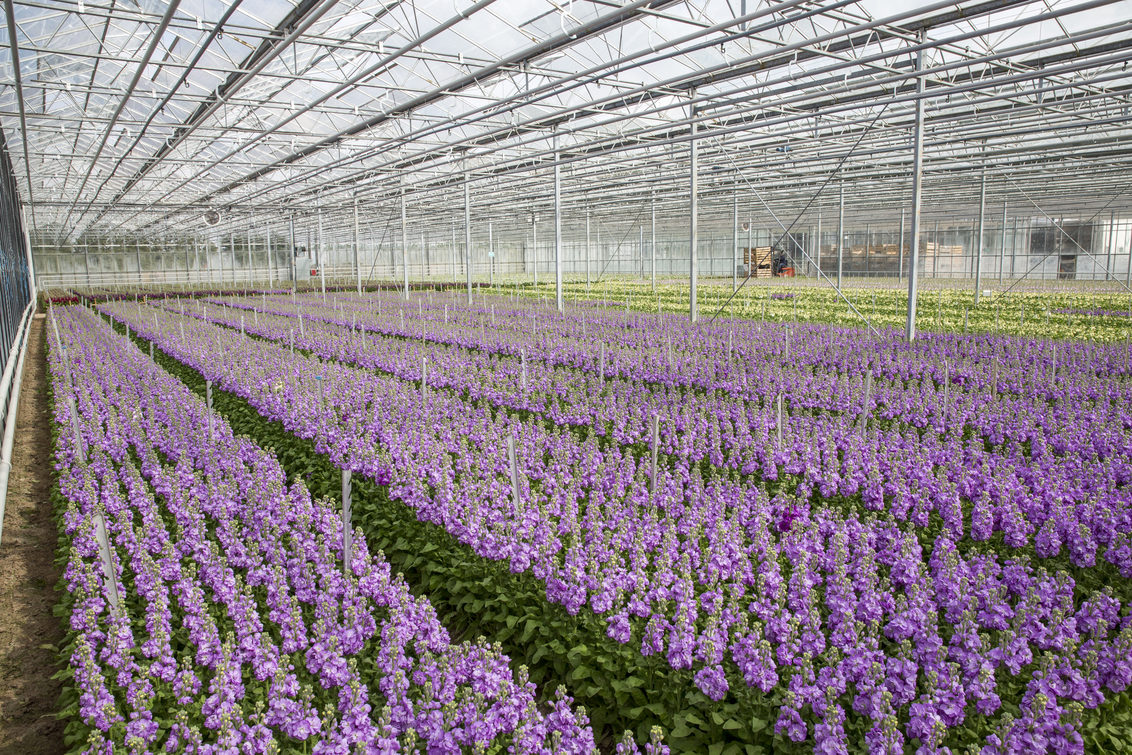Integrating chemicals and beneficial’s – that makes no sense?
There are some real insect challenges in ornamentals, including thrips and spider mites, for which the development of new crop protection products for the protection of ornamentals, despite all the efforts put in place by Syngenta, and the rest of the sector are simply are not coming fast enough. At the same time, the portfolio of available solutions is decreasing due to an increasingly stringent regulatory system. Put simply, protection products for ornamentals are progressively decreasing.
For this reason, it is important to use available products such as Dynamec wisely, by implementing appropriate rotation, which involves alternating products with different modes of action. By doing this we can maintain the effectiveness of products, avoiding resistance issues.
So how can we manage an entire defence program by alternating fewer available crop protection products? What tools do we have to keep these crop protection products effective over a longer period of time?
To help overcome this challenge, many growers use integrated pest management to control some key insects, a strategy that involves the use of "beneficials ".
The use of beneficials undoubtedly requires an innovative and planned approach when setting up the program. Beneficials must be released into the greenhouse when the targeted insect population is at a low level.
For example, the case of a cultivation of cut flowers in a greenhouse. At the beginning of the cultivation cycle a “reset treatment” can be utilised which serves to reduce the population of the pest. This treatment must be carried out using a pesticide that has a low persistence and whose use is compatible with beneficials.

However, some of the pest population will survive (this often happens with thrips or mites) because they have either not been reached by the treatment, or they are resistant to the active ingredient used.
Once the “reset treatment” has been carried out, it is possible to introduce beneficials, the population of beneficials will begin a "hunting trip" in search of pests. By tackling the challenge this way, the pest will be under control for a longer period of time and you buy yourself more room in your program to use the limited available chemicals.
The beneficial insects do not distinguish between resistant or non-resistant insects to the active ingredients and they feed on all, effectively preventing the spread of resistance within the population of the pest. This is the big advantage of an integrated defense strategy: obtaining an effective (albeit sometimes temporary) control of the population reduces the risk of generating populations that are resistant to products.
The control obtained by the benefitials is effective but temporary. In fact, beneficials are able to keep the pest population under control for a long period, but very often, at some point the balance tends to change and the harmful insect population will become dominant again.
When the balance is altered, the only option available is the use of a chemical product to “reset” and lower the harmful insect population again. Its effectiveness will be greater because the individuals exhibiting higher levels of resistance would be controlled by the activity of the beneficials.
It is very important to make sure that the crop protection products we use are compatible with the benificials being used inside the greenhouse, preserving their "insecticidal" activity is key to success when controlling pests in crops.
